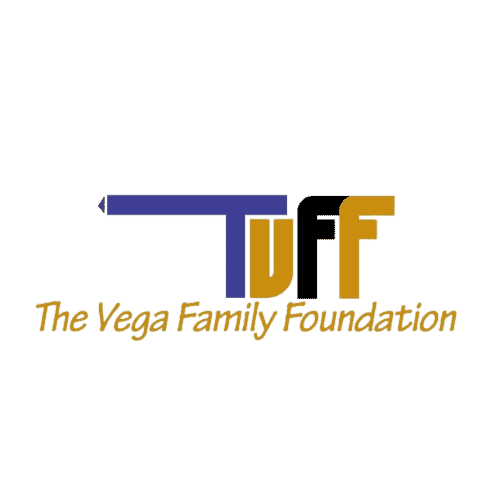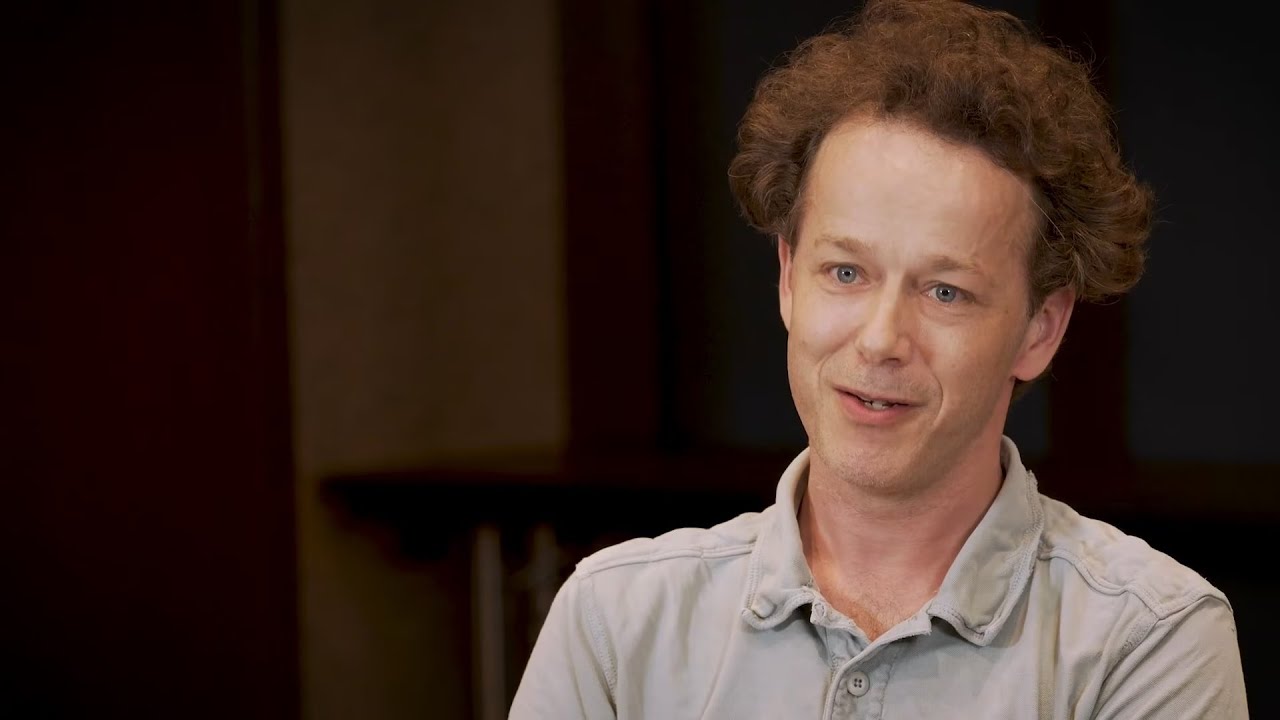I’m Heiman Wertheim, I’m a scientific.
microbiologist, I'' m a clinical physician learnt medical microbiology, and I was.
trained in the Netherlands and after that I relocated to Vietnam in 2006, to OUCRU in Hanoi and I.
created the system there, and our primary focus is medication resistant infections and a variety.
of other diseases that we’re likewise researching. We started in 2006 concentrating on.
severe influenza infections, however we saw a great deal of medicine resistant infections.
triggered by microorganisms – these people are stopping working prescription antibiotics that we think about must function – and.
after that we re-focused the important things we were doing on what is really creating medicine resistant.
infections and what we can do about them. What we also saw, mostly, is that.
individuals enter medical facility for reasons unrelated to infections yet due to.
mechanical air flow they get pneumonia, so the regional immune system is damaged, then.
they obtain a hospital-acquired infection which is drug resistant and these individuals.
are stopping working basic therapies. If you take a look at even more of an area level,.
the trouble is that there is very little diagnostics being done, but we see people.
entering hospital with medicine immune transmittable obtained in the community,.
we diagnose them with resistant insects, we think it’s truly high but most likely in.
the area it’s a little bit much less of an issue, however still it’s there and we only see.
in the healthcare facility the cases that stopped working, so we truly do not know plainly the burden.
That is why we’re examining drug.
5 to 10 years? We moved from hospital-based research right into the communities, so we.
down antibiotic use in a neighborhood. As you can see in the areas, if.
you can be found in with an upper respiratory system tract infection which does not require an. antibiotic, by checking out a biomarker, a quick test, rather than seeking a specific. virus, offers an outcome in 3 to 5 mins, and we found that this was actually valuable. in bringing down antibiotic usage by 20 %. This 20% decrease is possibly an underestimate. since lots of main healthcare centres were not constantly certified because they had a
stock of. antibiotics that they still required
to do away with, which is really interesting because it reveals. that we also have to take into account purchase procedures for these facilities,.
and also search in those examples. We should money this research study as medication. resistance is an international health and wellness concern, it’s now called by the United Nations an international. situation- you can’t just concentrate on our own nation, you require to take a worldwide strategy, with. the expertise and competence that we have
, collaborate with the neighborhood individuals and reinforce. their capability, make them feel accountable and involve
them and make them take the lead,. and truly do the important things that they must do. In OUCRU, Hanoi,
we function very closely with the. National Institute of Health and wellness and Public health which is the general public health and wellness authority, so what. we do is concentrate on public health issues and how our job from the laboratory impacts on what. is occurring with patients or communities.For instance we had a measles outbreak,
. despite the fact that the federal government states there’s an excellent protection for measles, we. saw through our occurrence
data that individuals are not secured sufficient. which described the episode, revealing that the job we perform in the lab can assist. And make a change for public health.
That is why we’re studying medicine. 5 to 10 years? We relocated from hospital-based research into the neighborhoods, so we. This 20% reduction is most likely an underestimate. And make a change for public health and wellness.

